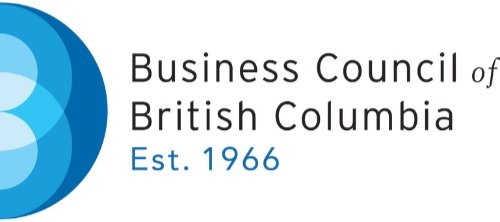Let's Tax the Rich - Oh, We Already Do
Last week’s budget offers a timely reminder of something that many Canadians may not realize: a surprisingly large proportion of federal government revenue comes from the personal income tax (PIT). The second biggest revenue source is the corporate income tax, followed by the GST. According to the budget, in the upcoming fiscal year Ottawa’s PIT revenue will reach $131.5 billion, which amounts to half of all of the money collected by the national government.
Who pays the personal income tax? Most Canadian households except those with quite low incomes generally pay something. But an examination of data recently released by the Canadian Revenue Agency indicates that the PIT burden falls mainly on the most affluent families. Consider the following summary statistics:
- There were 25.5 million Canadian tax filers in 2011.
- Of these, the richest 20% paid three-quarters of all income tax collected by the federal and provincial governments combined. The remaining 80% of tax filers paid the rest.
- The richest 1% of tax filers had taxable incomes of at least $201,400 in 2011. This small group accounted for 10.6% of total personal income, and they provided one-fifth of all of the PIT revenue collected by the federal and provincial governments. Put differently, 1% of Canadian adults are responsible for a share of PIT that is 20 times greater than their share of the country’s population.
At a time when the issue of inequality is attracting a lot of public discussion, it is useful to remember that Canada maintains a “progressive” income tax system, meaning that people generally face higher tax rates as their incomes rise. This important point is sometimes ignored by commentators concerned about inequality, who often imply that the “rich” aren’t paying their “fair share” of taxes.
That said, it must also be noted that income disparities have widened over the past few decades – not only in Canada, but across much of the developed world. Rising income inequality primarily reflects trends in the labour market – specifically, the fact that a growing share of earned income is flowing to the top of the income distribution (the top 20%, 5% and 1%)*. The richest 20% of Canadians garnered 38% of all pre-tax personal income in 1977; by 2010-11, the figure had risen to 43%. For the top 1% of families, the share of pre-tax income went from 7% to 10.6% over the same period.
Meanwhile, the share of income flowing to the poorest 20% of Canadian families stayed the same, while the share accruing to the middle three quintiles – representing 60% of all tax-filers – declined by about five percentage points over the period. In other words, the income distribution has become more polarized, with downward pressure on what are often seen as “middle class” households. This seemingly long-term trend ensures that the topic of income inequality will remain in spotlight.
_______________________
* See Charles Beach, “When the Middle Class Meets Slower Growth,” Policy Options, Institute for Research on Public Policy, March 2013.
